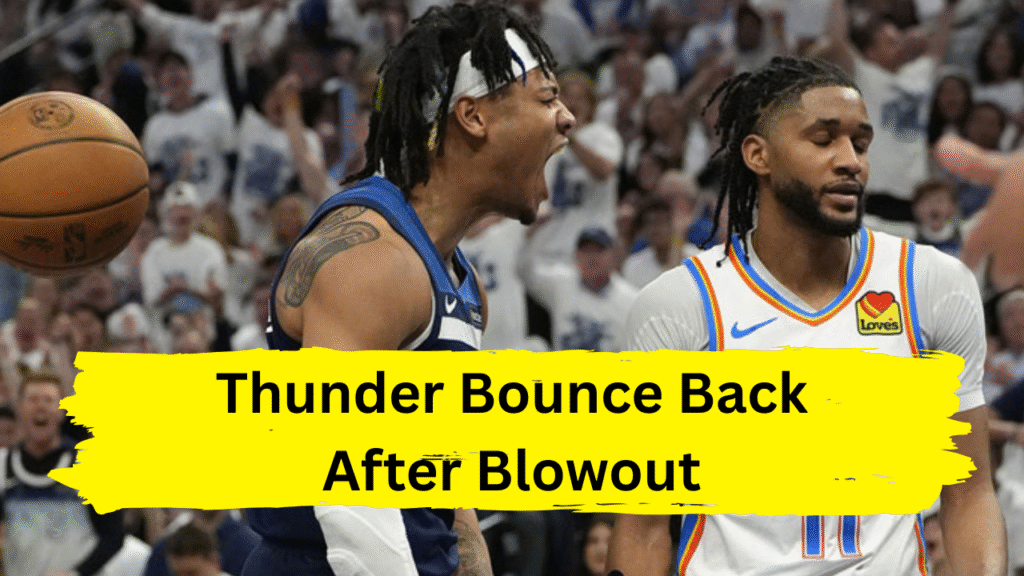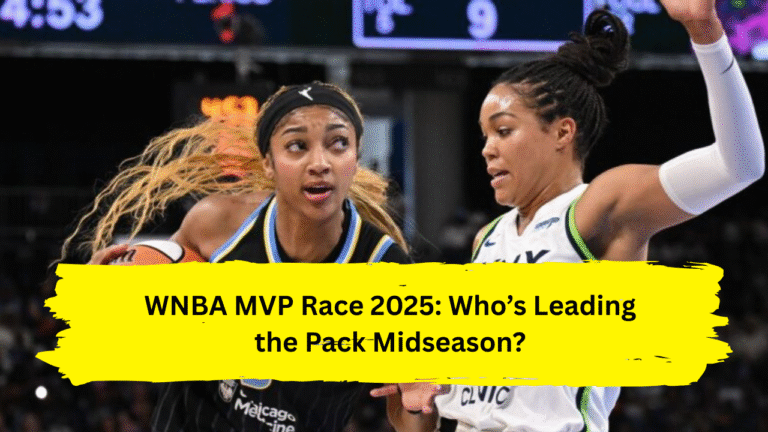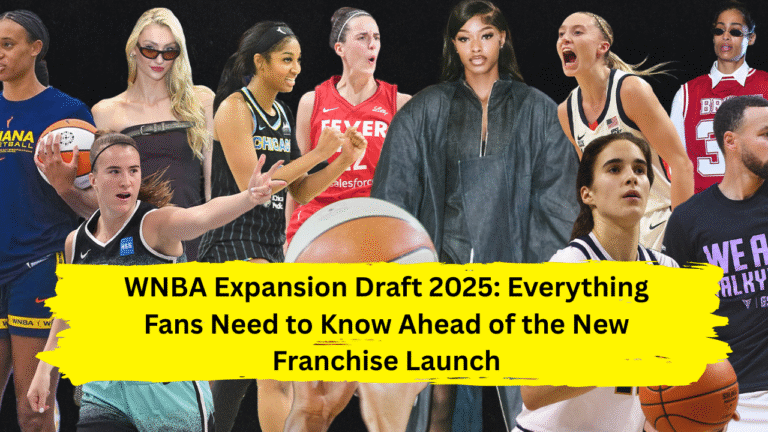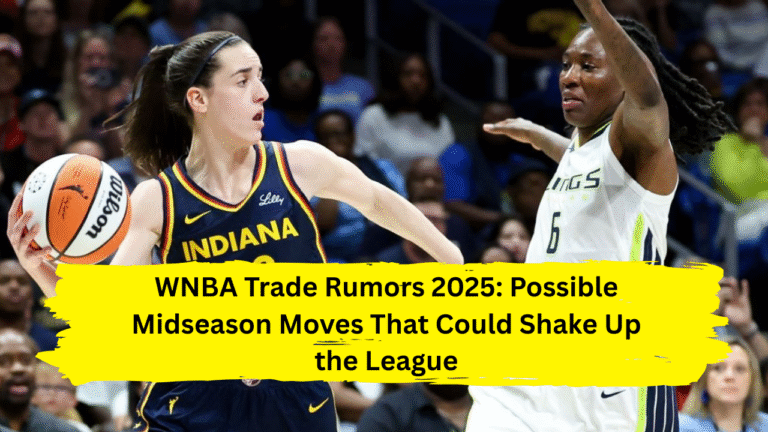
The Oklahoma City Thunder’s journey through the 2025 NBA playoffs has been a tale of resilience, youth, and unyielding determination. But no chapter has been as defining as their response to a historic 42-point drubbing in Game 3 of the Western Conference Finals against the Minnesota Timberwolves. This loss, the largest postseason defeat in franchise history, could have derailed a lesser team. Instead, it became the catalyst for a masterclass in adaptability, leadership, and mental fortitude—a testament to why the Thunder remain one of the NBA’s most formidable contenders.
The Wake-Up Call
The Thunder entered Game 3 with a 2-0 series lead, fresh off Shai Gilgeous-Alexander’s MVP-caliber performances in the first two games. But Minnesota, facing elimination, unleashed a basketball clinic. The Timberwolves dominated every facet of the game, outscoring OKC 56-14 in the paint and shooting 50% from three-point range . The Thunder’s offense, typically fluid and dynamic, sputtered to a halt. Gilgeous-Alexander, who had tied his playoff career-high with 38 points in Game 2, managed just 14 points on 4-of-13 shooting, while turnovers (15 total) and poor three-point efficiency (31.8%) compounded the disaster .
For a team built on defensive intensity and transition scoring, the loss was a jarring role reversal. Minnesota not only mimicked OKC’s aggressive defense but also exploited their miscues, turning 15 turnovers into 16 points . The Thunder’s identity—crafted over a season of disciplined play—had been stripped away. As Gilgeous-Alexander bluntly stated, “We got punched in the mouth. Next game, we’re either going to get back up or not” .
The Blueprint for Redemption
The Thunder’s response began long before Game 4 tipped off. Head coach Mark Daigneault, known for his analytical rigor and “0-0 mentality,” immediately reframed the loss as a teachable moment. “This isn’t about the scoreboard,” he emphasized. “It’s about reclaiming who we are” . His philosophy—focusing on incremental progress rather than outcomes—resonated with a roster brimming with young talent yet unburdened by ego.
Key adjustments emerged:
- Defensive Recalibration: The Thunder recognized that their transition game starts with stops. In Game 3, Minnesota’s offensive efficiency (57.3% FG) forced OKC to play against a set defense, stifling their fast-break opportunities. By prioritizing defensive communication and reducing fouls, the Thunder aimed to reignite their transition engine .
- Balancing the Offense: Overreliance on three-pointers (6-of-23 in the first half of Game 3) had left OKC vulnerable. The solution? Diversify. Driving to the rim, leveraging Chet Holmgren’s versatility, and creating mid-range opportunities for Gilgeous-Alexander became focal points .
- Mental Resilience: The Thunder’s season had been marked by bounce-back wins. After losing three straight to Denver in the second round, they responded with gritty victories. This history of resilience became their psychological anchor .
Leadership in the Crucible
Gilgeous-Alexander’s post-Game 3 candor set the tone. “We have a decision to make,” he declared, framing the loss as a crossroads moment . His accountability mirrored the Thunder’s culture—a blend of youthful energy and veteran-like maturity. Similarly, Chet Holmgren’s stoicism amid the blowout underscored his growing role as a stabilizing force. While his stat line in Game 3 was modest, his defensive presence and adaptability hinted at untapped potential .
Daigneault’s leadership cannot be overstated. By dissecting film, simplifying schemes, and fostering a “next play” mindset, he transformed panic into purpose. His ability to distill complex issues—like Minnesota’s defensive switches or Anthony Edwards’ dominance—into actionable steps kept the Thunder grounded .
The Road Ahead
Game 4 wasn’t just about avoiding a 2-2 series tie; it was a referendum on OKC’s championship DNA. The Thunder’s blueprint—defensive tenacity, offensive balance, and unwavering composure—was executed with precision. While specifics of their Game 4 strategy remain under wraps, the lessons of Game 3 loomed large:
- Start Strong: Minnesota’s 20-point first-quarter lead in Game 3 had set the tone. The Thunder prioritized early aggression, ensuring they “matched their urgency” from the opening tip .
- Protect the Ball: Reducing turnovers (especially from key players like Jalen Williams and Luguentz Dort) became non-negotiable. Fewer giveaways meant fewer transition opportunities for Minnesota .
- Trust the Process: The Thunder’s season-long success was built on systemic trust—not hero ball. Rediscovering this rhythm, particularly in half-court sets, was paramount .
A Legacy in the Making
The Thunder’s bounce-back from a 42-point loss isn’t merely a playoff subplot—it’s a microcosm of their season. A roster anchored by Gilgeous-Alexander’s brilliance, Holmgren’s poise, and Daigneault’s ingenuity has repeatedly turned adversity into advantage. Their ability to absorb a historic defeat, dissect its lessons, and recalibrate speaks to a maturity beyond their years.
As the series progresses, the Thunder’s response to Game 3 will be remembered not for the margin of defeat, but for the margin of growth it inspired. In a league where momentum is fleeting, OKC has mastered the art of reinvention—proving that even the darkest nights can pave the way for brighter dawns.
For fans and analysts alike, the Thunder’s journey is a reminder: greatness isn’t defined by how you fall, but by how you rise. And in Oklahoma City, the rise is just beginning.




